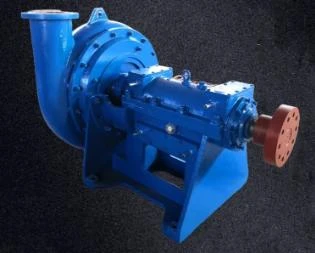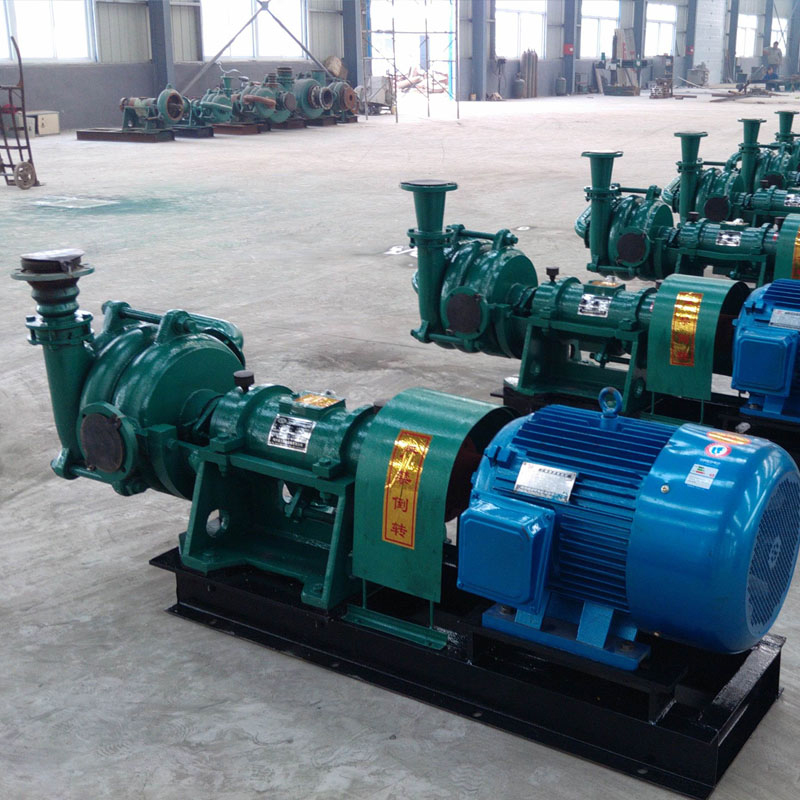TEL:
+86 13120555503
English
- Afrikaans
- Albanian
- Amharic
- Arabic
- Armenian
- Azerbaijani
- Basque
- Belarusian
- Bengali
- Bosnian
- Bulgarian
- Catalan
- Cebuano
- Corsican
- Croatian
- Czech
- Danish
- Dutch
- English
- Esperanto
- Estonian
- Finnish
- French
- Frisian
- Galician
- Georgian
- German
- Greek
- Gujarati
- Haitian Creole
- hausa
- hawaiian
- Hebrew
- Hindi
- Miao
- Hungarian
- Icelandic
- igbo
- Indonesian
- irish
- Italian
- Japanese
- Javanese
- Kannada
- kazakh
- Khmer
- Rwandese
- Korean
- Kurdish
- Kyrgyz
- Lao
- Latin
- Latvian
- Lithuanian
- Luxembourgish
- Macedonian
- Malgashi
- Malay
- Malayalam
- Maltese
- Maori
- Marathi
- Mongolian
- Myanmar
- Nepali
- Norwegian
- Norwegian
- Occitan
- Pashto
- Persian
- Polish
- Portuguese
- Punjabi
- Romanian
- Russian
- Samoan
- Scottish Gaelic
- Serbian
- Sesotho
- Shona
- Sindhi
- Sinhala
- Slovak
- Slovenian
- Somali
- Spanish
- Sundanese
- Swahili
- Swedish
- Tagalog
- Tajik
- Tamil
- Tatar
- Telugu
- Thai
- Turkish
- Turkmen
- Ukrainian
- Urdu
- Uighur
- Uzbek
- Vietnamese
- Welsh
- Bantu
- Yiddish
- Yoruba
- Zulu
Telephone: +86 13120555503
Email: frank@cypump.com
Jan . 26, 2025 03:54 Back to list
pumping slurries
Pumping slurries presents unique challenges, demanding a specialized approach to ensure efficiency and longevity of pumping equipment. The key to successfully managing slurry pumping lies in a deep understanding of the material properties and the technology required to handle them effectively. This expertise allows for greater adaptability in industrial processes, be it mining, dredging, or wastewater treatment.
Trustworthiness in slurry pumping operations can be bolstered by meticulous design considerations. Ensuring the appropriate pump size and type not only prevents overloading but also extends the operational lifespan. An industry best practice involves conducting detailed preliminary tests. Simulations that model the slurry's behavior within the pump can predict potential points of failure and opportunities for efficiency enhancements. By employing computer-aided design software and computational fluid dynamics, engineers can optimize pump performance significantly before actual deployment. Furthermore, the expertise extends beyond pump design and material selection to encompass system layout. Ensuring that the piping network is designed to minimize curves and sharp angles can reduce the wear rate by limiting turbulence. This, along with careful calculation of head and flow rate requirements, ensures that the pump operates within its designed specifications, thereby ensuring longevity and reliability. Achieving high reliability and efficiency also requires well-structured maintenance routines. Regular inspection and scheduled replacement of worn components can prevent long-term damage. Employing condition-monitoring technologies, such as vibration analysis and thermal imaging, can give early warnings of potential issues, thereby safeguarding against unexpected breakdowns. In conclusion, pumping slurries effectively involves a multi-faceted approach centered around experience, expertise, authoritativeness, and trustworthiness. By aligning pump selection with material properties and leveraging modern technology for precise control and predictive maintenance, industries can optimize their operations. The integration of careful design, innovative materials, and proactive system management encompasses the hallmarks of excellence in slurry pumping, ensuring that operations remain smooth, cost-effective, and reliable.


Trustworthiness in slurry pumping operations can be bolstered by meticulous design considerations. Ensuring the appropriate pump size and type not only prevents overloading but also extends the operational lifespan. An industry best practice involves conducting detailed preliminary tests. Simulations that model the slurry's behavior within the pump can predict potential points of failure and opportunities for efficiency enhancements. By employing computer-aided design software and computational fluid dynamics, engineers can optimize pump performance significantly before actual deployment. Furthermore, the expertise extends beyond pump design and material selection to encompass system layout. Ensuring that the piping network is designed to minimize curves and sharp angles can reduce the wear rate by limiting turbulence. This, along with careful calculation of head and flow rate requirements, ensures that the pump operates within its designed specifications, thereby ensuring longevity and reliability. Achieving high reliability and efficiency also requires well-structured maintenance routines. Regular inspection and scheduled replacement of worn components can prevent long-term damage. Employing condition-monitoring technologies, such as vibration analysis and thermal imaging, can give early warnings of potential issues, thereby safeguarding against unexpected breakdowns. In conclusion, pumping slurries effectively involves a multi-faceted approach centered around experience, expertise, authoritativeness, and trustworthiness. By aligning pump selection with material properties and leveraging modern technology for precise control and predictive maintenance, industries can optimize their operations. The integration of careful design, innovative materials, and proactive system management encompasses the hallmarks of excellence in slurry pumping, ensuring that operations remain smooth, cost-effective, and reliable.
Share
Next:
Latest news
-
ISG Series Vertical Pipeline Pump - Chi Yuan Pumps Co., LTD.|High Efficiency, Energy Saving, Low Noise
NewsJul.30,2025
-
ISG Series Vertical Pipeline Pump- Chi Yuan Pumps|High Efficiency&Low Noise
NewsJul.30,2025
-
ISG Series Vertical Pipeline Pump-Chi Yuan Pumps Co., LTD.|High Efficiency&Energy Conservation
NewsJul.30,2025
-
ISG Series Vertical Pipeline Pump - Chi Yuan Pumps Co., LTD.|Advanced Hydraulic Design&Energy-Efficient Solutions
NewsJul.30,2025
-
ISG Series Vertical Pipeline Pump - Chi Yuan Pumps Co., LTD.
NewsJul.30,2025
-
ISG Series Vertical Pipeline Pump - Chi Yuan Pumps Co., LTD.|energy-efficient fluid handling&industrial durability
NewsJul.30,2025










